The Alarming Food Waste Statistics of 2023 and What It Means
In 2023, the latest food waste statistics show an unfortunate reality of global inefficiency and waste within our food systems. This sheds light on the urgent need for action to address this pressing issue.

The struggle for food security worldwide:
Around 720 to 811 million people worldwide experienced hunger in 2020
(Source: Food and Agriculture Organization of the United States)
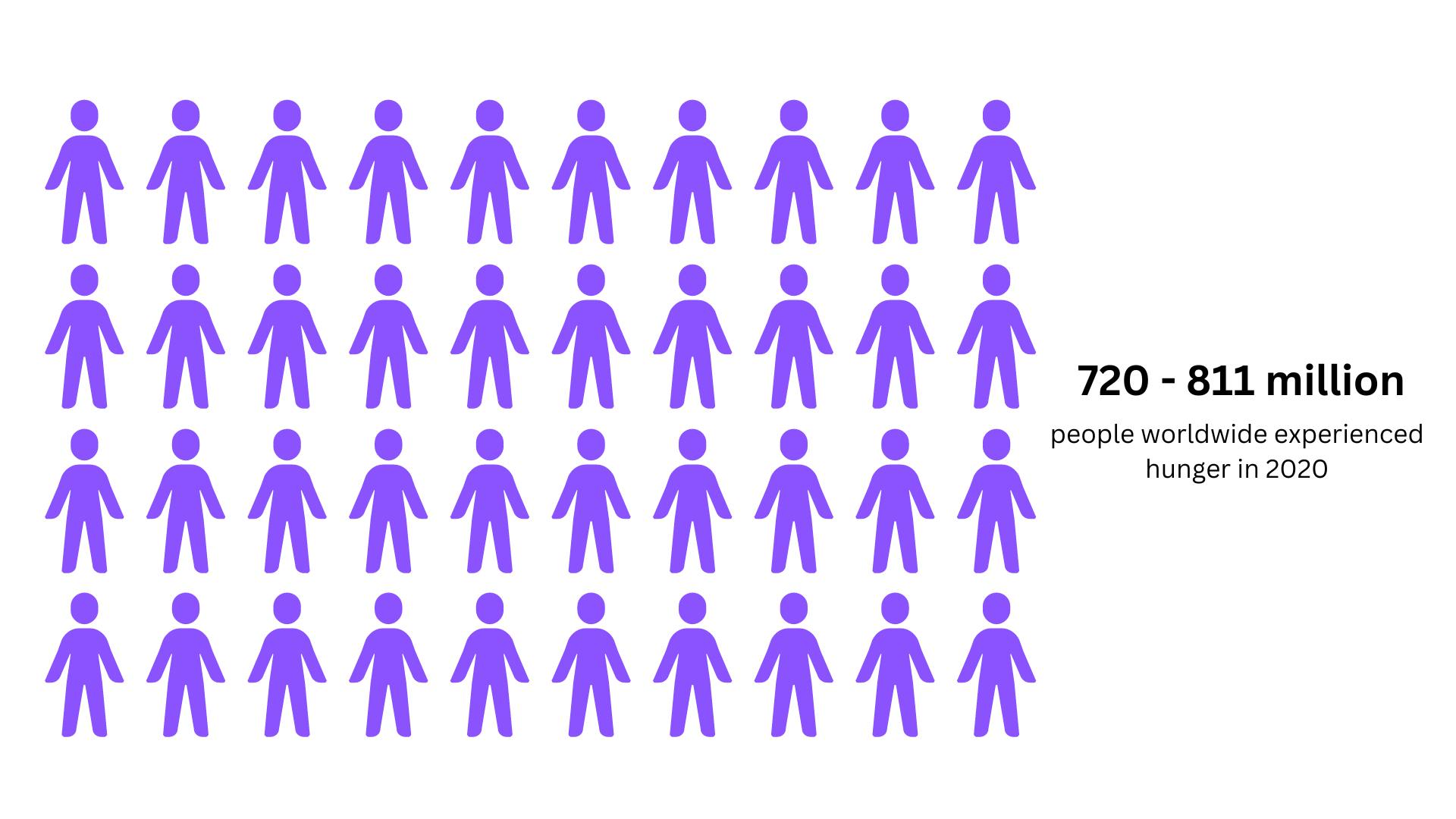
This number highlights the issue of food waste all over the world, which poses significant challenges to global health and well-being. Addressing this problem requires collective efforts to ensure access to nutritious food for all individuals.
Unfortunate food wastage in food production and consumption:
Approximately 17% of total global food production is wasted, while 14% of food produced is lost.
(Source: UN Environment Programme)

Around 14% of all food produced for human consumption never reaches the intended consumers, and about 17% of total global food production is wasted is simply discarded or thrown away. These statistics just prove the amount of food that goes to waste throughout the entire production and consumption chain, emphasizing the need for improved management and sustainable practices.
The contribution of food waste to the overall waste stream:
Food waste makes up 24% of landfill waste and 22% of combusted solid waste.
(Source: U.S. Environmental Protection Agency)
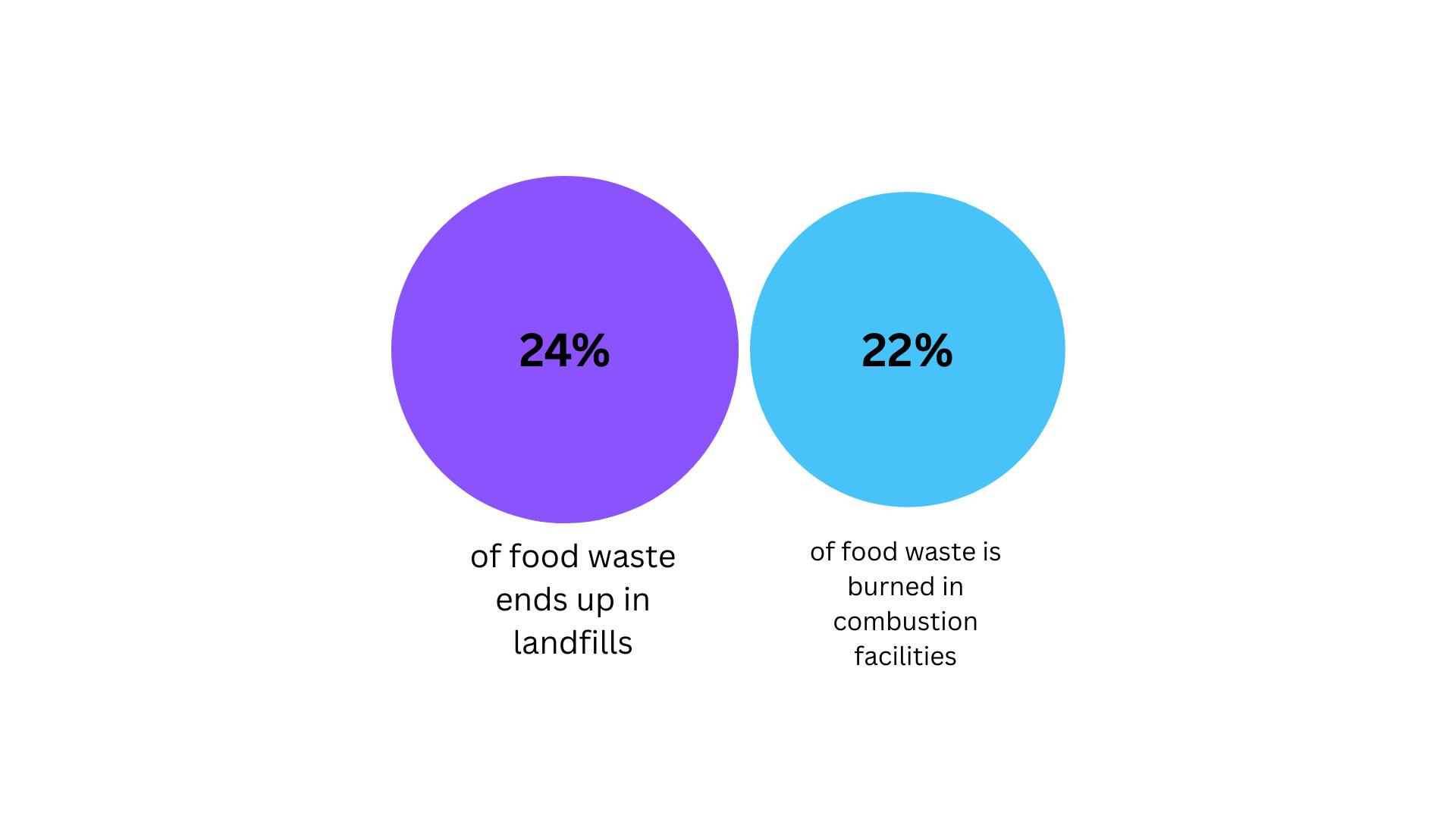
Food waste is the primary material that ends up in landfills and incinerators in the United States. It accounts for 24% of the waste that is sent to landfills and 22% of the waste that is burned in combustion facilities.
The main sources of food waste:
21% of food waste comes from homes, and 10% from consumer-facing businesses.
(Source: US Department of Agriculture)

According to the US Department of Agriculture (USDA), approximately 31% of the available food supply is wasted, with 21% occurring in households and 10% in consumer-facing businesses. These statistics underscore the urgent need for action to reduce food waste at both individual and business levels.
The economic impact of global food waste:
Global food waste has an estimated economic cost of about $1 trillion per year.
(Source: UN World Food Programme)
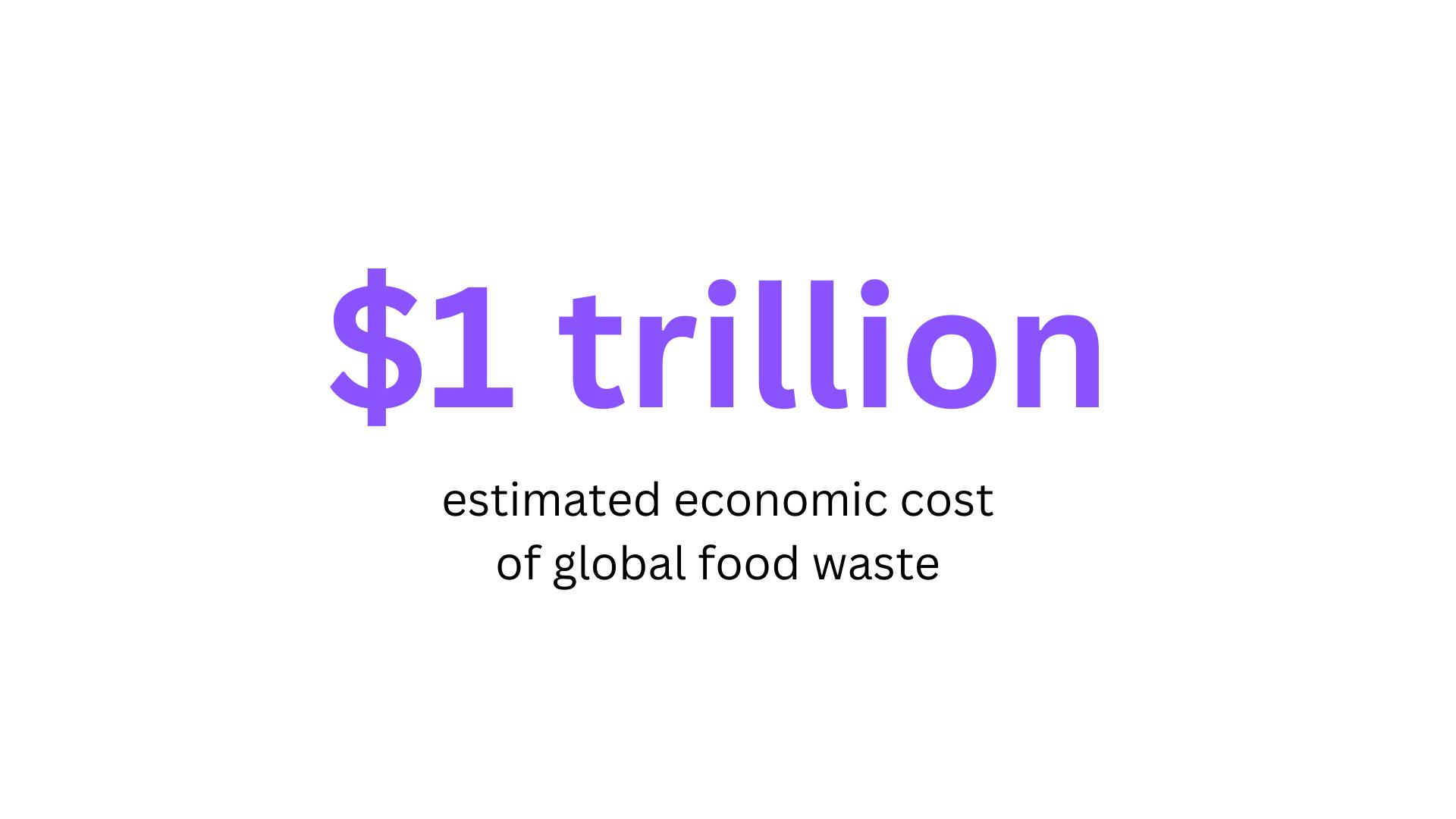
The economic cost of global food waste is estimated to reach approximately $1 trillion each year. This alarming figure reflects the financial value of the food that is wasted throughout the entire food supply chain, including production, distribution, retail, and consumption
The environmental toll of food loss and waste:
About 8% of global greenhouse gas emissions are linked to food loss and waste.
(Source: World Resources Institute)
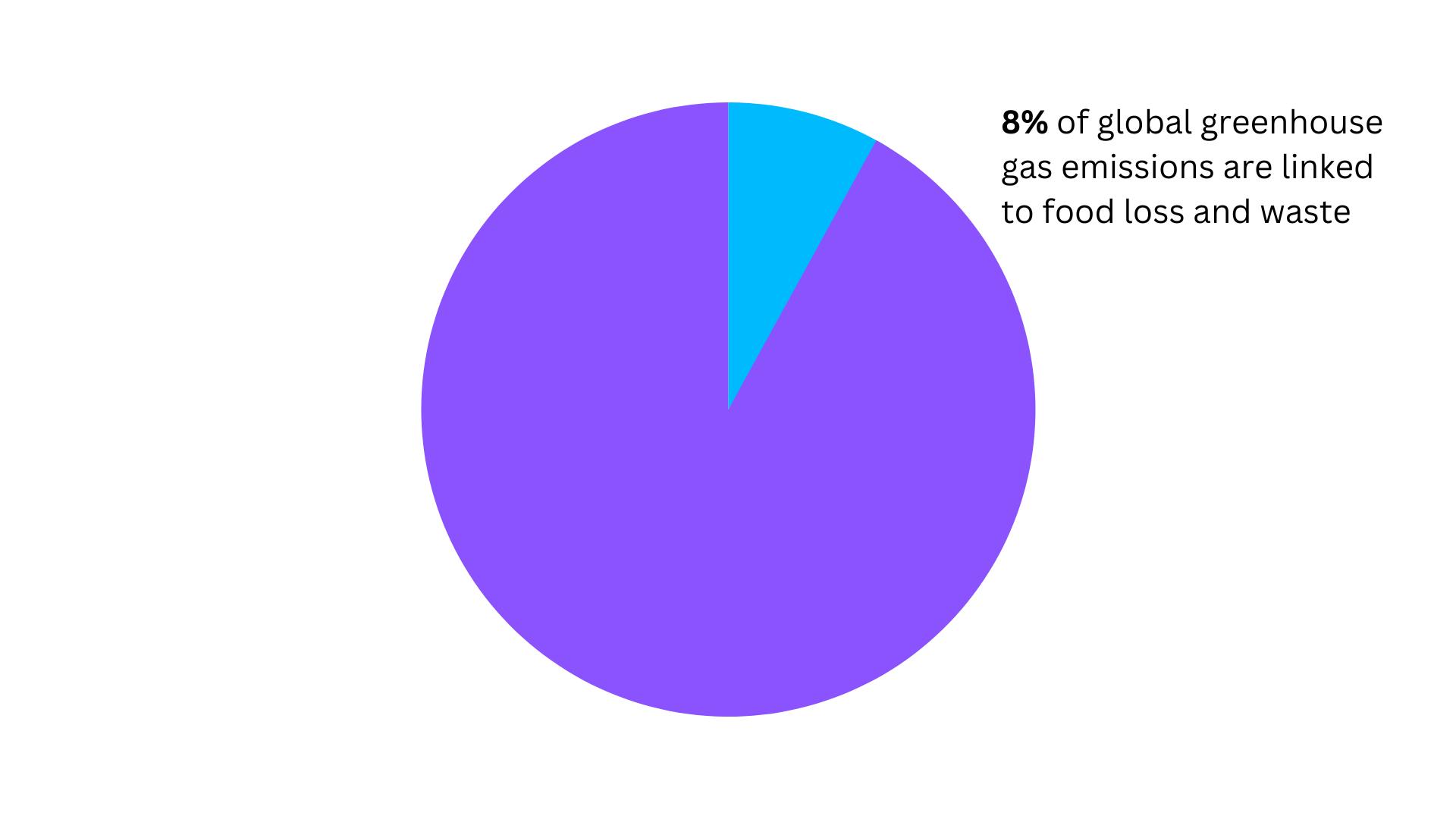
This statistic unveils the environmental impact of inefficiencies in the food system, including production, transportation, and disposal of wasted food. Addressing food loss and waste is crucial in reducing greenhouse gas emissions and addressing the effects of climate change.
The battle of food insecurity in the US:
54 million Americans, including 18 million children, faced food insecurity in 2020
(Source: Association of American Medical Colleges)
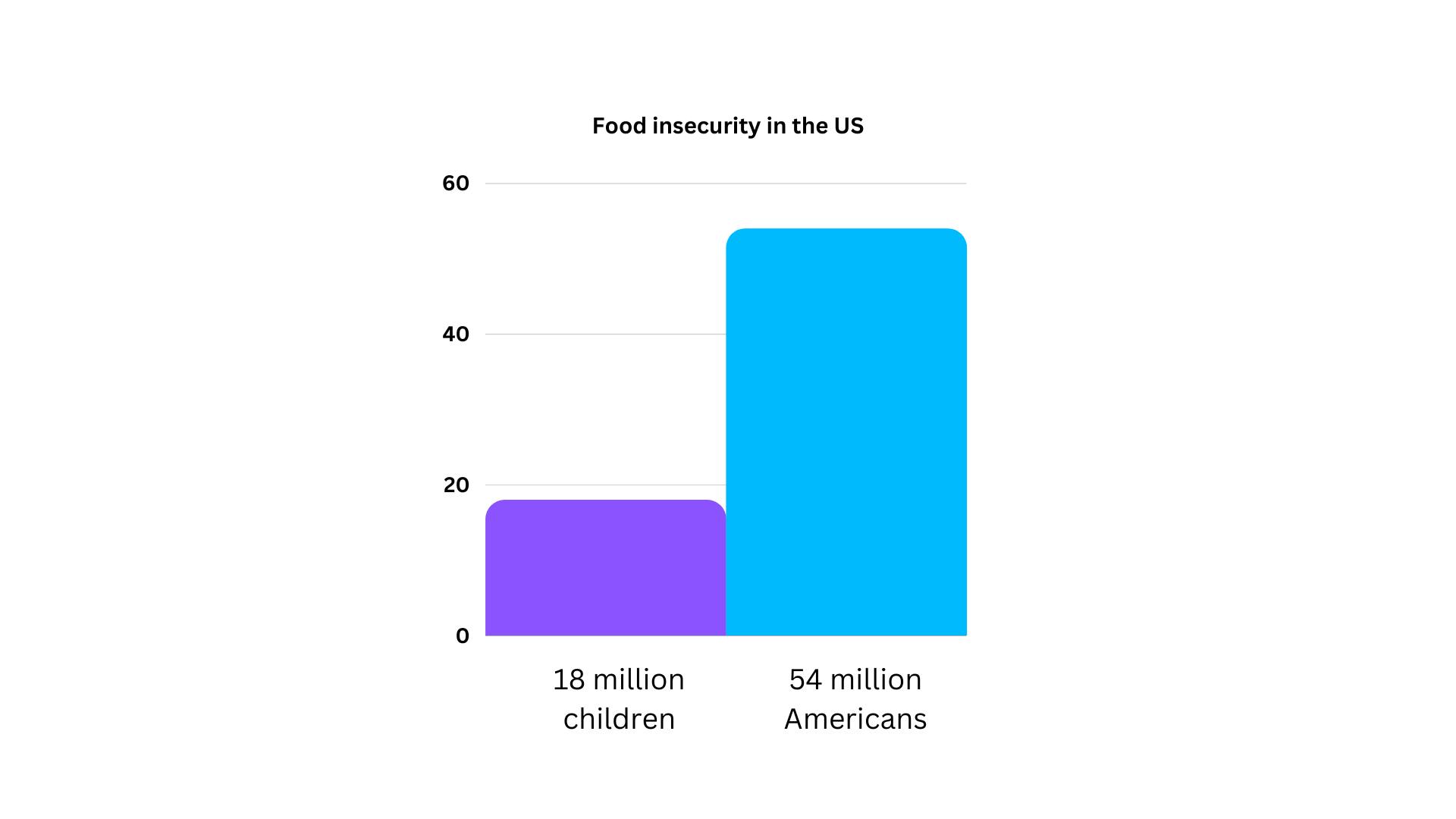
In 2020, 54 million Americans, including 18 million children, experienced food insecurity. It highlights the concerning lack of access to nutritious food among a significant portion of the population, especially vulnerable groups like children.
Food insecurity on a massive scale:
Around 3.1 billion people lack access to a healthy diet.
(Source: UN Chronicle)
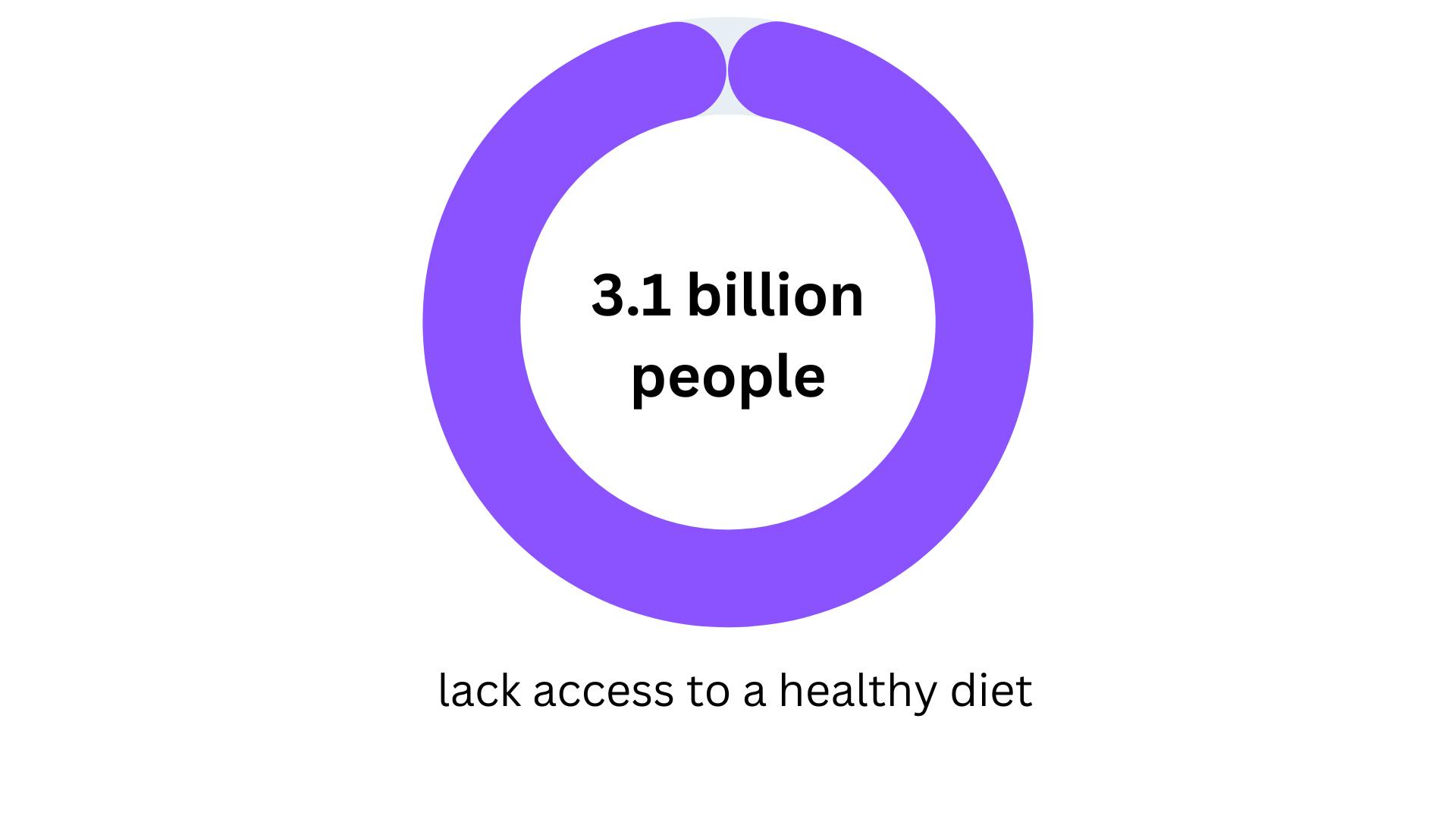
This number indicates a widespread issue of food insecurity and inadequate nutrition, posing significant challenges to the health and well-being of these people. Efforts to improve access to nutritious food are crucial to secure a healthier future for everyone across the world.
The reality of the food security crisis:
Roughly 1/3 of the global population experiences inadequate access to food.
(Source: Greenly)
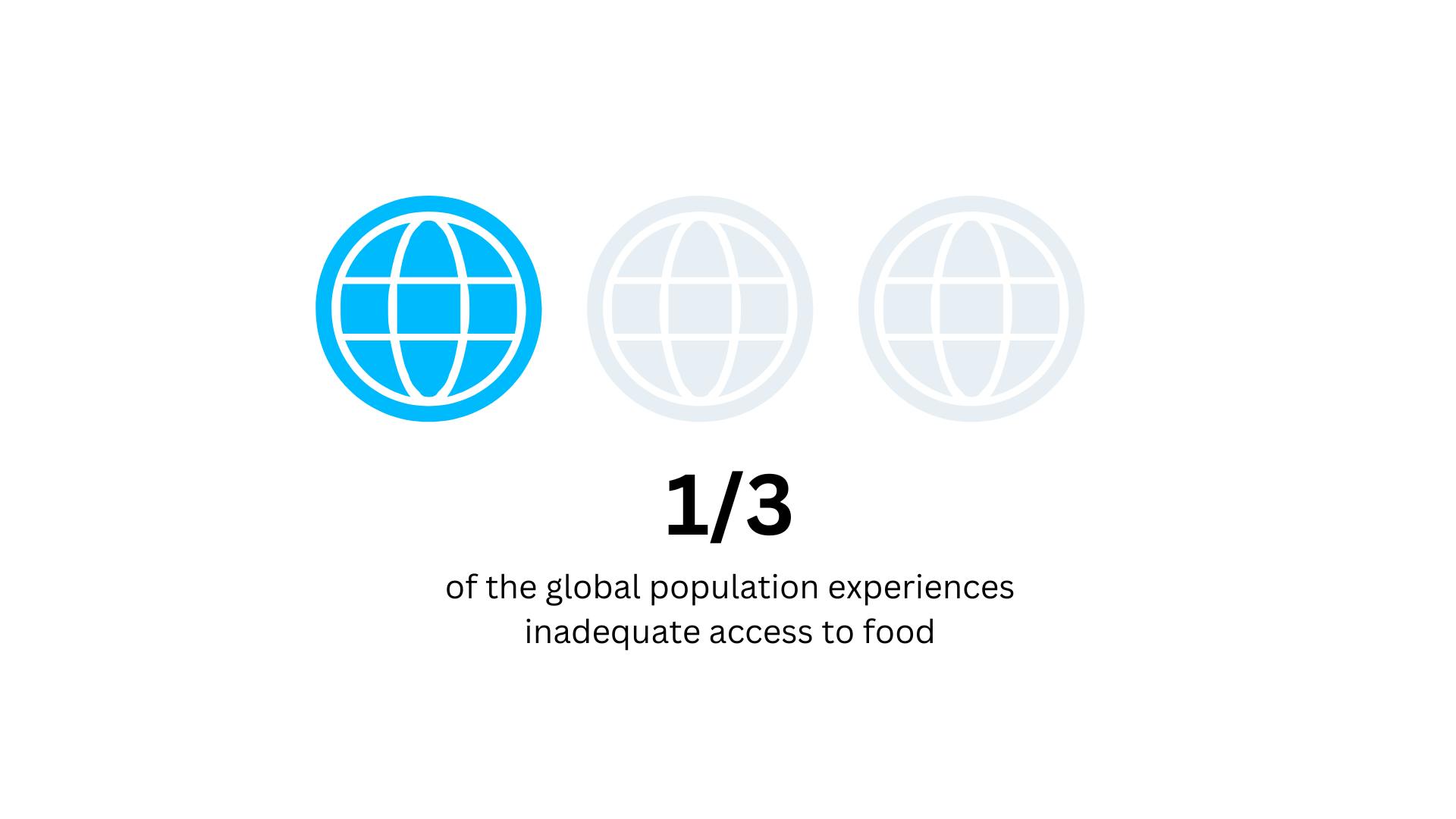
Approximately one-third of the global population, mainly in developing and low-income countries, faces inadequate access to food. This means that a significant portion of individuals around the world do not have regular or reliable access to sufficient quantities of nutritious food to meet their basic dietary needs.
Food waste epidemic in the US:
About 40% of the entire US food supply is wasted, recording approximately 325 pounds of food wasted per person.
(Source: Recycle Track Systems)
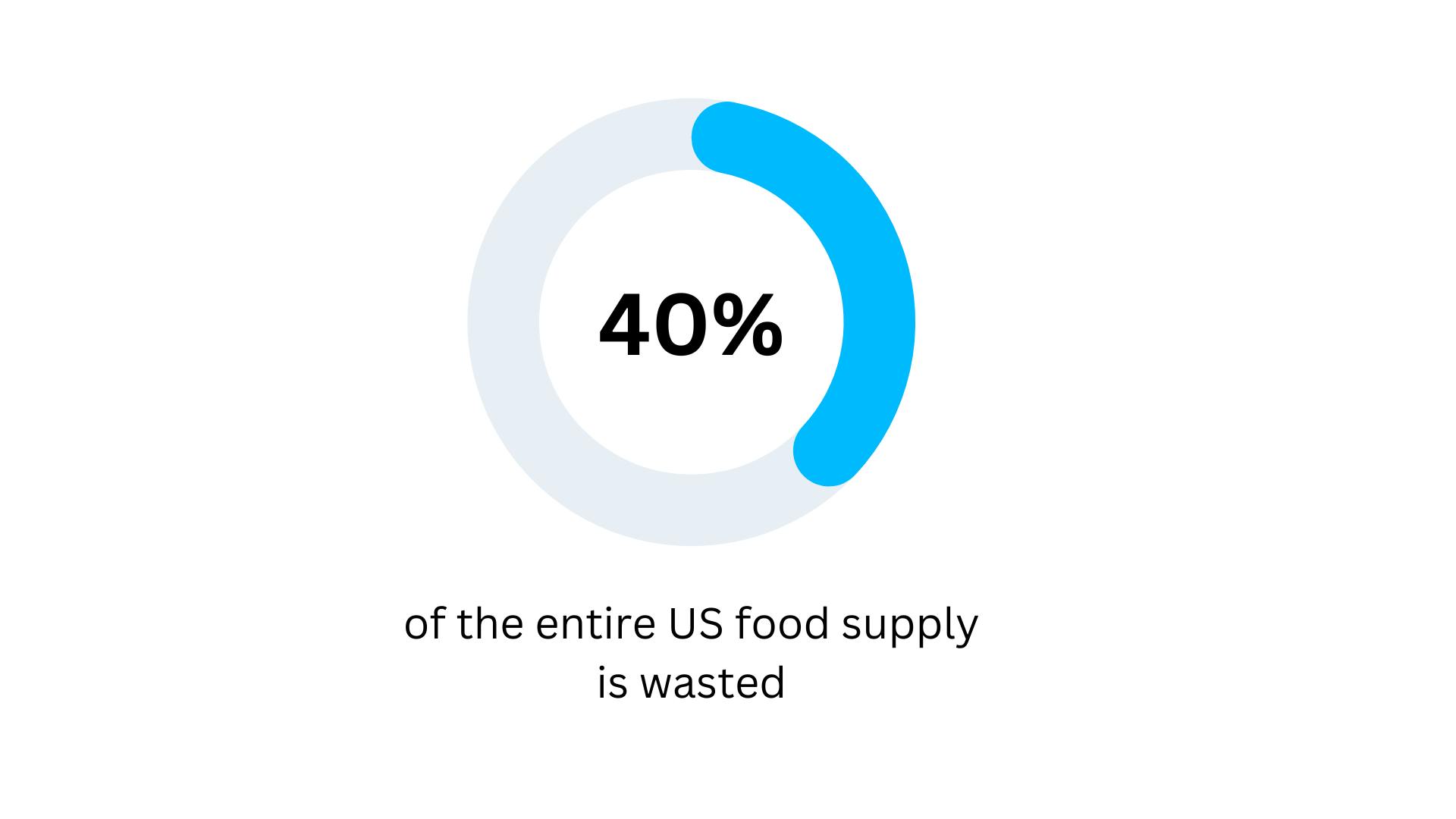
The statistics indicate that approximately 40% of the entire food supply in the US goes to waste. This amounts to an average of 325 pounds of food wasted per person. What this means is that a significant amount of food is discarded and lost throughout the country. It’s a wake-up call for everyone to reduce food waste and promote more sustainable consumption and production practices.
Quick facts about food waste:
What is food waste?
Food waste refers to the loss or disposal of food that is still safe and suitable for human consumption. It occurs at various stages of the food supply chain, including production, processing, distribution, retail, and consumer levels. Food waste occurs when edible food is discarded, unused, or spoiled, leading to significant economic, environmental, and social implications.
How much food is wasted in the world?
Food waste is a prevalent concern on a global scale, and its magnitude is staggering. Each year, an estimated 2.5 billion of food, approximately one-third of the total production, goes to waste. This wastage not only affects the environment but also exacerbates issues related to hunger and resource scarcity.
What are 5 facts about food waste?
Here are five intriguing facts that’ll show you a deeper understanding of the issue:
- Despite millions suffering from hunger globally, an astounding amount of food goes to waste, highlighting the urgent need to address this issue.
- If food waste were a country, it would rank third in terms of greenhouse gas emissions, surpassed only by the United States and China.
- Food waste represents a substantial economic loss, amounting to approximately $1 trillion globally each year.
- Food waste occurs at every stage of the supply chain, including production, distribution, and consumption.
- Reducing food waste is one of the most impactful actions individuals can take to address climate change.
What is the biggest source of food waste?
Among the various sources of food waste, one stands out as particularly significant – consumer behavior. Factors such as over-purchasing, improper storage, and expiration date confusion contribute to this issue.
Join the solution and reduce the food crisis by sharing these food waste management courses with your team!
Check out EdApp’s list of free courses on food waste management that you can readily share with your teams. These engaging courses cover a wide range of topics, from sustainable eating habits to understanding the carbon footprint of different foods and safe food handling techniques that reduce waste. Encourage practices like mindful portioning, effective storage, and embracing recycling to not only reduce waste but also contribute to a more sustainable future.
